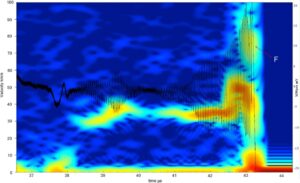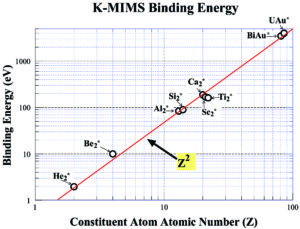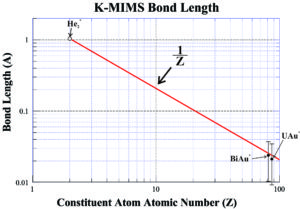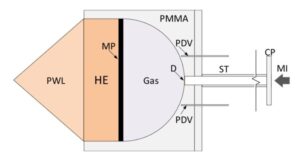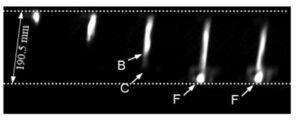Metastable Innershell Molecular States (MIMS) represent a unique class of ultra-high-energy, transient molecules with binding energies up to 1,000 times greater and bond lengths up to 100 times smaller than typical molecules. Formed in stellar conditions, MIMS arises from inner-shell electrons typically resistant to molecular formation, combining elements from the periodic table. Upon dissociation, MIMS efficiently emits x-ray photons, reaching energies of up to 100 keV. Predicted to be prevalent in extreme astrophysical environments like large planet cores, star interiors, and black hole/neutron star surroundings, MIMS enables highly energy-efficient conversion of stellar compression energy to radiation. MIMS, feasible in laboratory and industrial settings through methods like hypervelocity particle impact, laser fusion, and z-machine, offers opportunities for energy-efficient high-intensity x-ray beam production. Applications include photolithography, x-ray lasers, and inertial fusion.
MIMS Generation Concept Video
K-Shell MIMS Binding Energy Derived from the X-ray Spectra in Hypervelocity Ion Impact Experiments
K-Shell MIMS Bond Length Derived Theoretically (Red) and from Experimental Data
Hypervelocity Jets
The impact of Hypervelocity Jets at ~100 km/s generates extremely high pressure shocks for investigating astrophysical phenomena and energy efficient x-ray generation for nuclear fusion. We develop devices for generating Hypervelocity Jets to investigate the ways to investigate methods of producing bulk quantities of MIMS.
Explosive-Driven Hypervelocity Jet Generator
Schematic of the demonstrator built in collaboration with the Los Alamos National Lab.
Notes:
PWL = plane wave lens; HE = high explosive PBX-9501; MP = metal piston; CP = cap plate; D = diaphragm; ST = the evacuated shock-tube; PDV = photon Doppler velocimetry probes (2); MI = microwave interferometer.
The confinement was transparent PMMA. The distance between the diaphragm and the left of the cap plate is 190.5 mm.
Simulation of the Hypervelocity Jet Generator
Pictures of a 89-km/s helium jet produced by the Hypervelocity Jet Generator. If hydrogen was used, the jet velocity would be ~ 110 km/s.
Microwave diagnostic data confirming the velocity of the 89-km/s helium jet (F).
